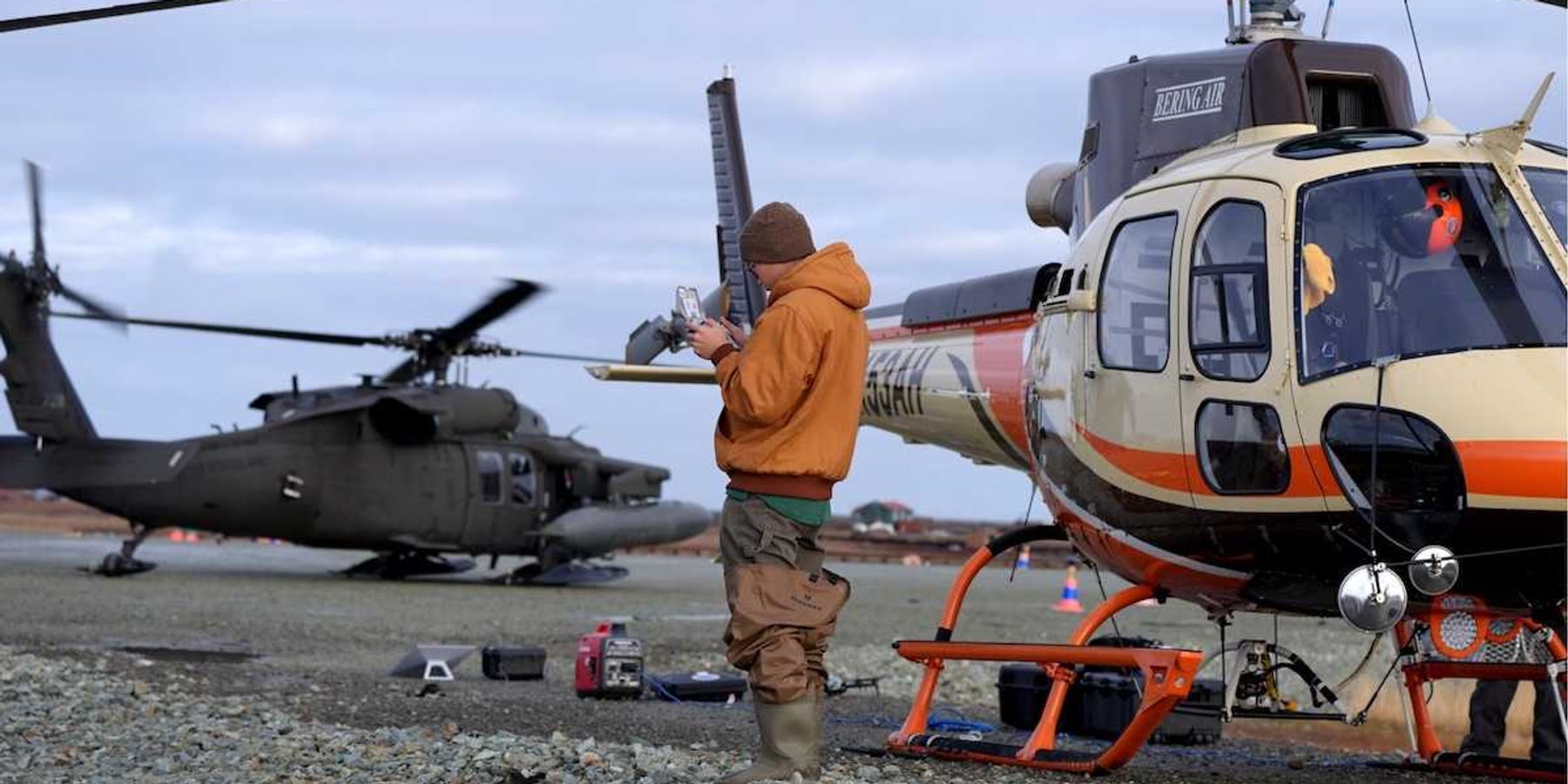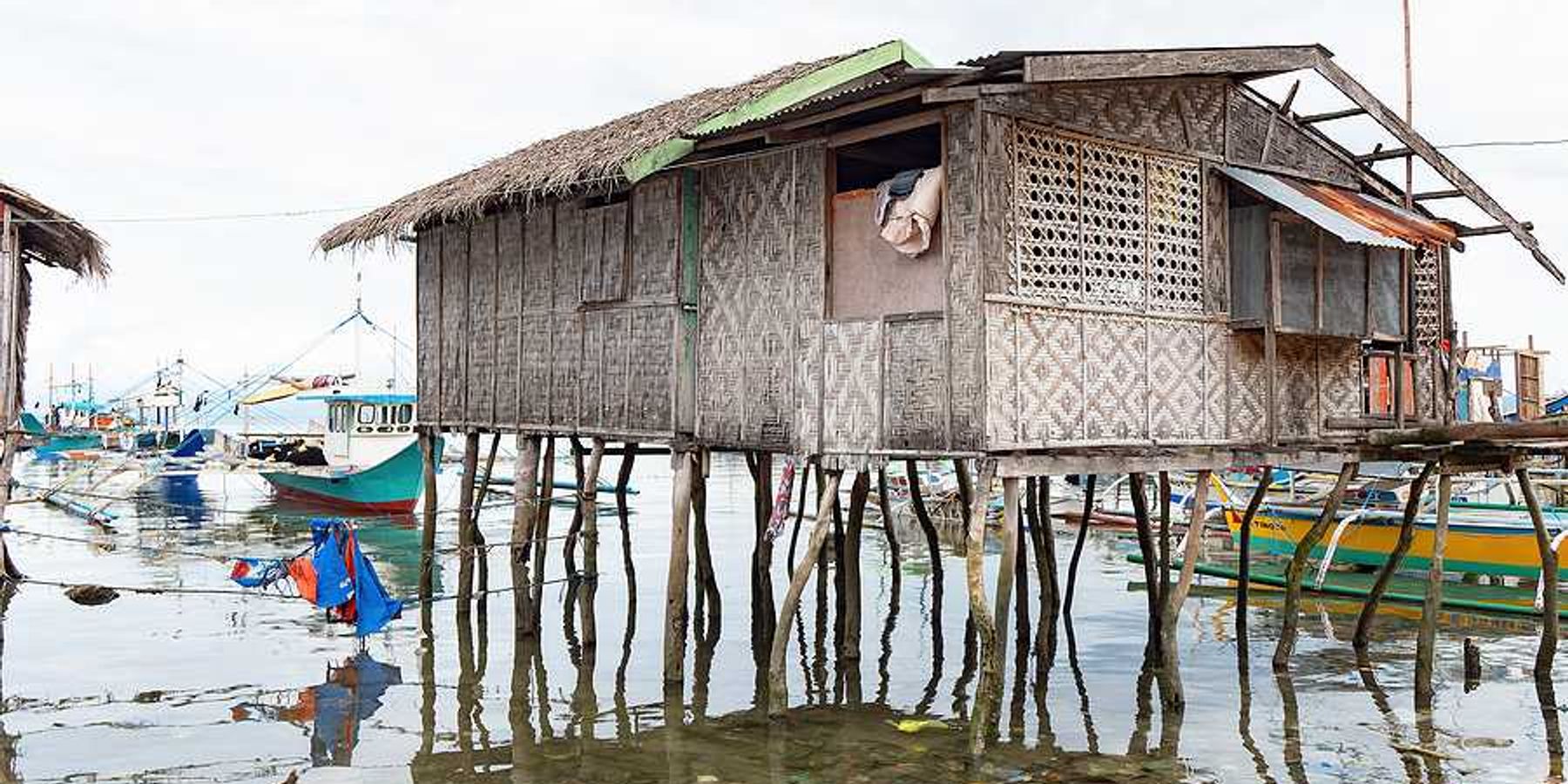New satellite data shows parts of New Orleans sinking rapidly, threatening flood defenses
Parts of New Orleans are sinking up to two inches per year, with key flood protections including levees and wetlands losing elevation quickly, raising concerns about the city's ability to withstand future storms.
Rebecca Dzombak reports for The New York Times.
In short:
- A new satellite-based study found rapid subsidence in areas of New Orleans, including the airport, wetlands, and parts of the levee system, with some spots sinking nearly two inches annually.
- Sinking infrastructure compromises the city’s storm surge defenses, especially as sea levels in the Gulf of Mexico rise faster than anywhere else in the U.S.
- The study provides detailed elevation maps to help prioritize levee maintenance, now overseen by Louisiana with support from the U.S. Army Corps of Engineers.
Key quote:
“If the wetlands are subsiding this much, they are slowly dying.”
— Simone Fiaschi, remote sensing expert and study lead author
Why this matters:
New Orleans sits below sea level, ringed by levees and flood walls built after Hurricane Katrina to keep storm surge and rising waters at bay. But new research shows that vital flood protections are sinking faster than expected. This poses a major threat as sea levels rise and hurricanes intensify. Subsiding wetlands also disappear as protective buffers, leaving the city more exposed to water from both the Mississippi River and the Gulf. The loss of wetlands damages ecosystems, fisheries, and biodiversity. Knowing which parts of the city are sinking fastest is vital for directing limited repair resources and defending one of the United States' most flood-prone cities from future catastrophe.
Read more: Rising sea levels accelerate faster than expected













